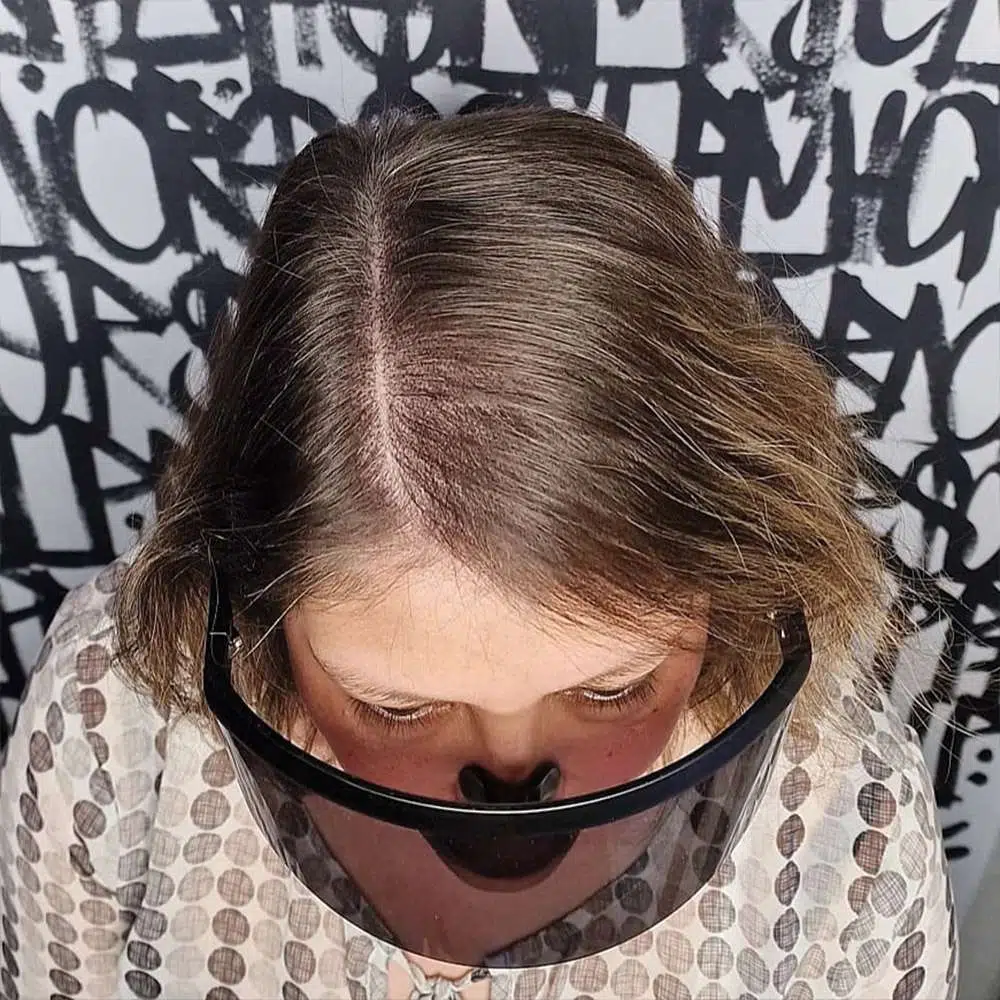Scalp micropigmentation is an aesthetic treatment that is rapidly becoming a household name as the number one solution for hair restoration. There are a few pros and cons to the procedures, albeit, in our opinion, the pros far outweigh the cons. But what are they and is scalp micropigmentation good or bad?
What is Scalp Micropigmentation?
Also known by the abridged version, SMP, this innovative and contemporary treatment works by a series of tiny pigmented dots being implanted under the outer barrier of your skin. These are administered by a machine that has been fitted with a small needle. Once the pin-pricks heal over, the dots become indelible markings, albeit ones that will fade over time owing to the implant depth. The result is a look that resembles a closely shaved buzz-cut or provides underlying shading in the event of diffuse thinning.
The Pros and Cons of Scalp Micropigmentation
SMP is administered by a practitioner who is fully trained and professional. The training for any given technician, if he or she wishes to achieve superiority in the trade, can be long and can cost inordinate sums of money. It’s a training that can only be achieved privately and involves intense mentoring to guarantee superior knowledge and skill-sets. The beauty of this is the receiver of treatment is provided with a guarantee of safety. No question, this has to come under the banner of scalp micropigmentation positives. However, there is also a downside to the SMP industry which is not quite as bright.
Training, to home in your knowledge and skills, is simply a choice. There are no mandatory levels deeming this degree of training obligatory. Because of this regulation lack, homework on clinic clarity is really left in the hands of the customer. It’s too easy to fall onto the dark side of scalp micropigmentation, deeming this a serious negative in the SMP industry.
Positives and negatives which are linked to this ground-breaking trade are obviously deeper than a question of technician capacity. The treatment is going to change your appearance overnight. Once your administered procedure is completed you are left with the obvious benefit of a maintenance-free look that will stand the test of time.
However, because pigment implant depth is one that can not be administered beyond a certain limit it does mean that fading will occur. This means top-ups are required every three to five years. This is clearly a negative point, and possibly annoying? However, is it really that much of a serious one?
To finalize, if we cover the issue of cost. It isn’t a treatment that is necessarily going to break the bank, however, it is also a procedure that doesn’t come cheap. The upside is its a one-off cost, unlike the alternatives, such as topical treatments like Rogaine or light and laser therapy. The downside, you’ve got to find the money to pay for it. But moreover, if you search, you will find many clinics are offering payment plans to suit your independent needs. Meaning treatment is definitely more of an easy reach.
So is scalp micropigmentation good or bad? For us is better than good. It’s simply awesome!





